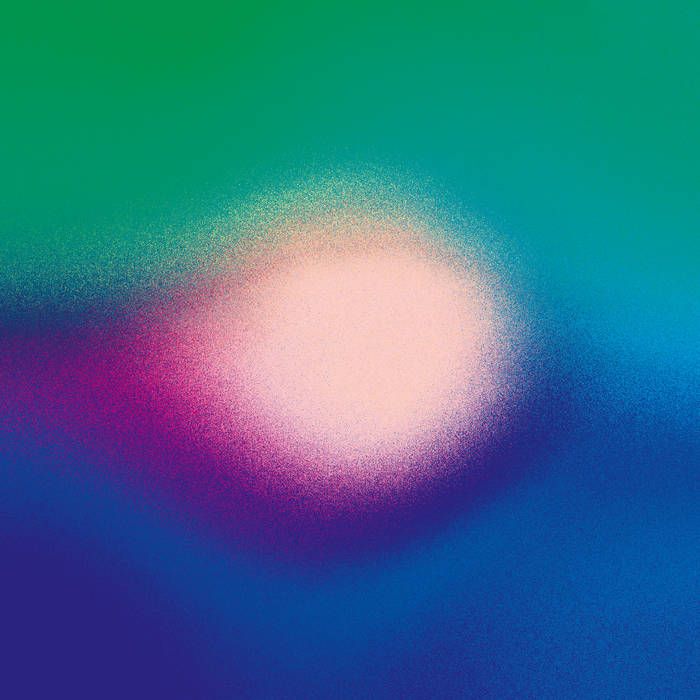Girls in Airports: cinematic sound through the vibe of jazz

To shape life through music. Within this art form, uncertainty becomes ideal for creation and experimentation. A path is revealed in each song to accompany them in this introspective journey. Their sounds build an atmosphere to contemplate the boundaries between the physical and the immaterial, what was and will not be, or as they say: How It Is Now.

Light as a starting point. Each color of the record lets us perceive and engage with the mysticism of their sound. "Something that I wanted for the album was to be more positive than the other projects, so in that term, light makes sense." The words are from Martin Stender, the composer behind the latest production of Girls in Airports, "Writing music for the piano is always a way of relaxing myself. That's a big part of what music creates, this kind of calming effect on the listener. It's also a basis for us to play: we start in a peaceful place and then build energy from that state."
The energy conducts to a cinematic experience. The progression of the melodies creates an immersive encounter where it's possible to discover a mix of different elements. The music is in evolution, even before being created, "A small idea on the piano to something that the whole band plays and everyone has their role, that is the big challenge: the transformation of some notes to something that sounds like Girls in Airports. I've learned that the best is to be open to taking multiple directions as long as the good thing that happened in the composition is still there." There's a duality between the evolving nature of the music and the band's commitment to their unique sound.
Evolution goes beyond the musical field. This is the first time that Girls in Airports has recorded with a different lineup. The filmic ambiance of their sound leaves space to think about the synopsis for a movie not yet made. "Moving out of the pandemic situation. How much has been lost? It should be a film about doing something after a big change. We used to be two saxophones, and then Lars left the band, so this is the first album as a quartet. We haven’t played internationally for many years; are we still a band? Are we still a name in the world?" Of course, they are, just with another state of mind, "We are more constructive, not worried about being cool anymore."
In the middle of their soundscape, ethereal improvisations permeate the air, confirming that the musicians are playing under the same frequency. "In general, we use improvisations in all the songs. The four of us are inside the recording studio, so the reactions are spontaneous." In this collective form of creativity, Victor Dybbroe and Anders Vestergaard handle the drums and percussions, Mathias Holm takes charge of the keys, piano, and organ, and the composer Martin Stender plays the saxophones, flute, and keys.
How It Is Now encompasses a multitude of identities: from an ancient Egyptian deity known as 'Bes' to a metaphorical exploration of death in 'Curtain of Life,' or the composition of 'Kabul' inspired by people trying to escape from the regime of Afghanistan. The album inhabits the spectrum of jazz, blending synths, metals, improvisations, and wild percussions. However, at its core, it represents the profound evolution of four musicians who have matured through their musical journey, transforming how they create art. "We sound more friendly. Most of the band members are becoming fathers, and I think that’s been a huge shift. In general, this was one of the main ideas for this album: to leave more space than we ever did before. The idea is not to stand in line and explore different places."